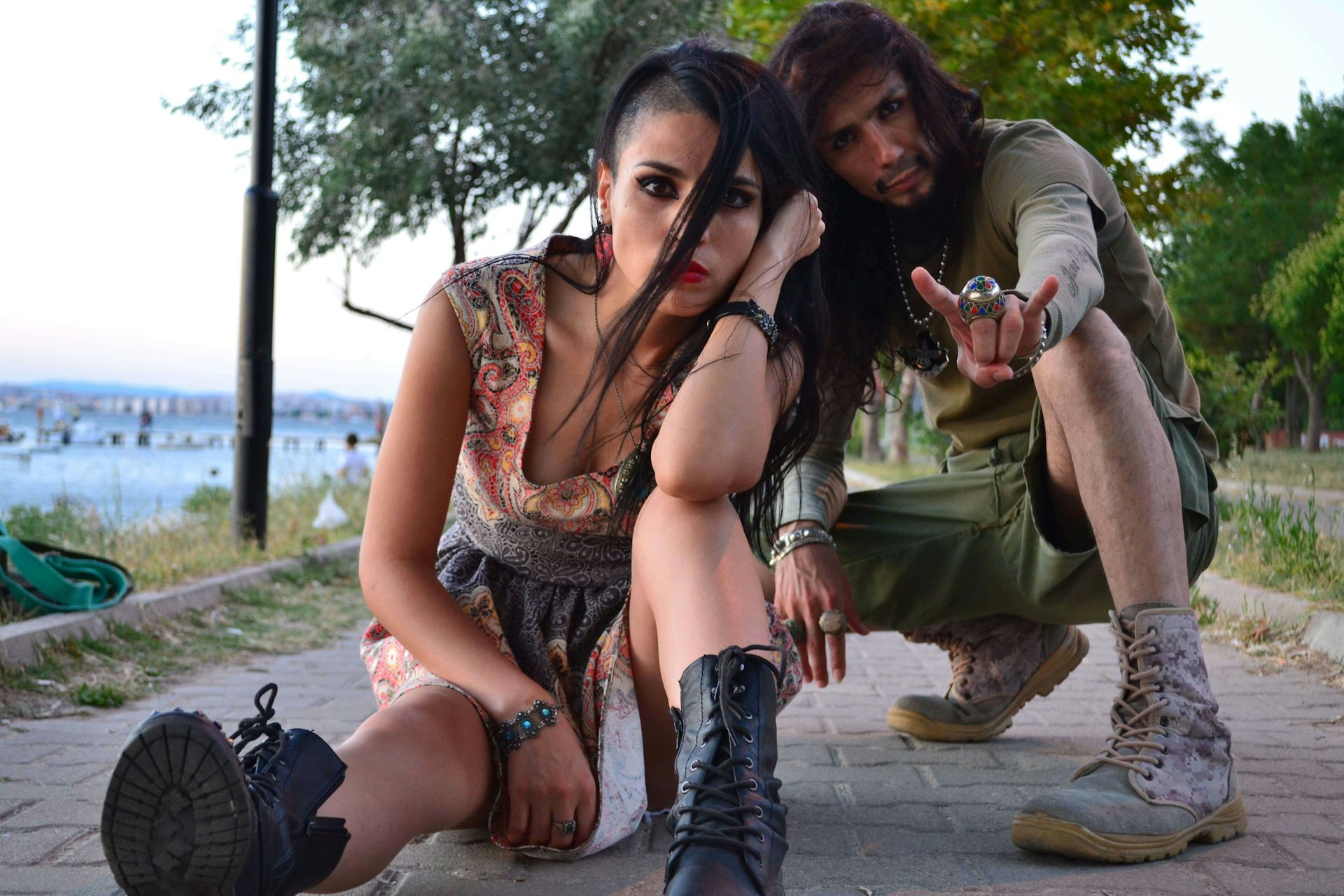- Text by Biju Belinky
It’s not uncommon for dance to be a battle cry – a way of using the body to tap into pain, sadness or anger when all words fail; a way of getting strength when there is very little left to take from.
In the harsh reality of South Central Los Angeles’ streets, this battle cry goes by the name of Krump.
An improvised and energetic dance born from Clowning, Krumping moved away from the previous humour and lightheartedness of its parent style, and delved into something stronger.
Through arm swings, chest pops and stomps, it became a language through which dancers can express feelings that not many want to hear, or talk, about, effectively turning pain – be that pain political or personal – into power. No longer forcing positivity, but instead, being honest.
Because of its raw power and freedom, the dance became an outlet and a form of encouragement – a way of building community and of giving structure where sometimes there was none. For some people, it gave them a parent; for others, a way to finally cry, after being told for years to “be tough”; a way out of violence, or a way of processing trauma in a healthy way.
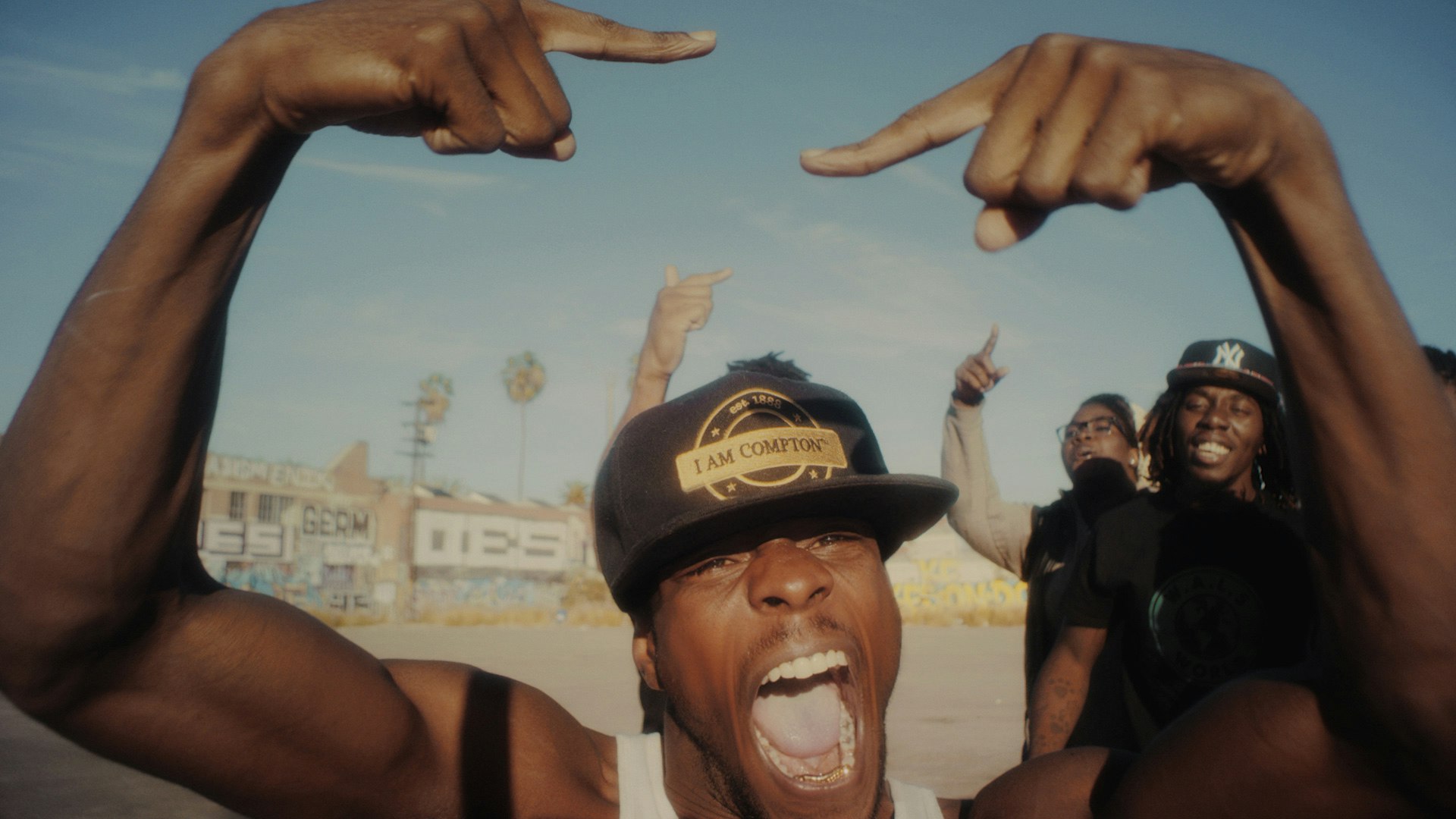
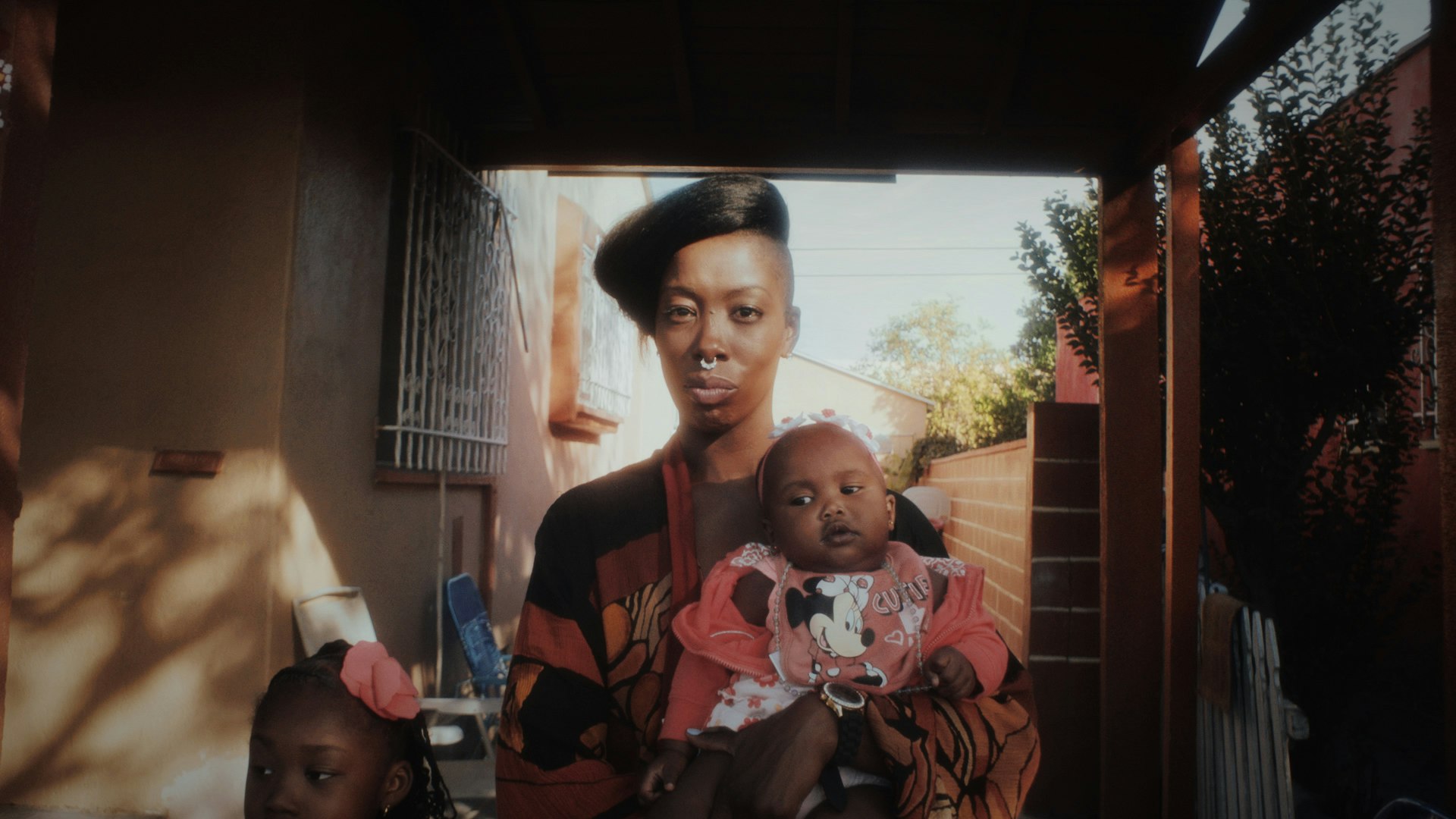 The intimate side of Krump and the lives it influenced is artfully told in Maceo Frost’s latest documentary, Raised by Krump. Entirely narrated by emotional and honest interviews with people within the Krumping community of Los Angeles, the film paints a goosebump-inducing picture of the power of art and belonging when things seem hopeless.
The intimate side of Krump and the lives it influenced is artfully told in Maceo Frost’s latest documentary, Raised by Krump. Entirely narrated by emotional and honest interviews with people within the Krumping community of Los Angeles, the film paints a goosebump-inducing picture of the power of art and belonging when things seem hopeless.
“It’s helped me say things that I can’t say to people,” says Tight Eyez, the co-creator of Krump, halfway through the film. “When you don’t know your mom until you’re a teenager, that’s me. I haven’t seen my father since I was four – I have two pictures of him. One is in the living room, and one is a mugshot on the internet.”
“You have to put that somewhere. It’s therapy sometimes. We make the ugly part of our lives beautiful at that moment – we make it good. We figured out how to turn the evil that we experienced into creativity.”
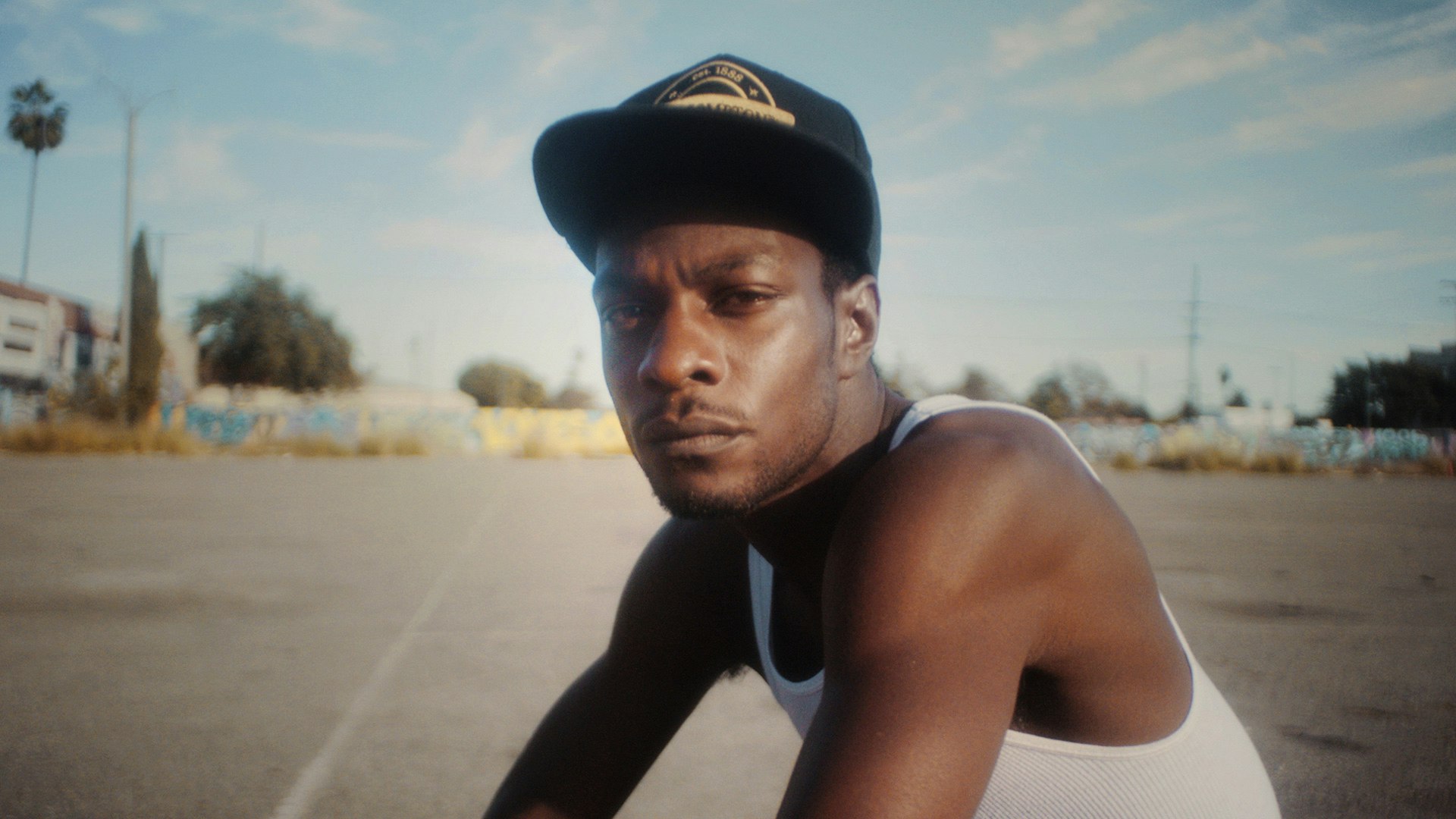
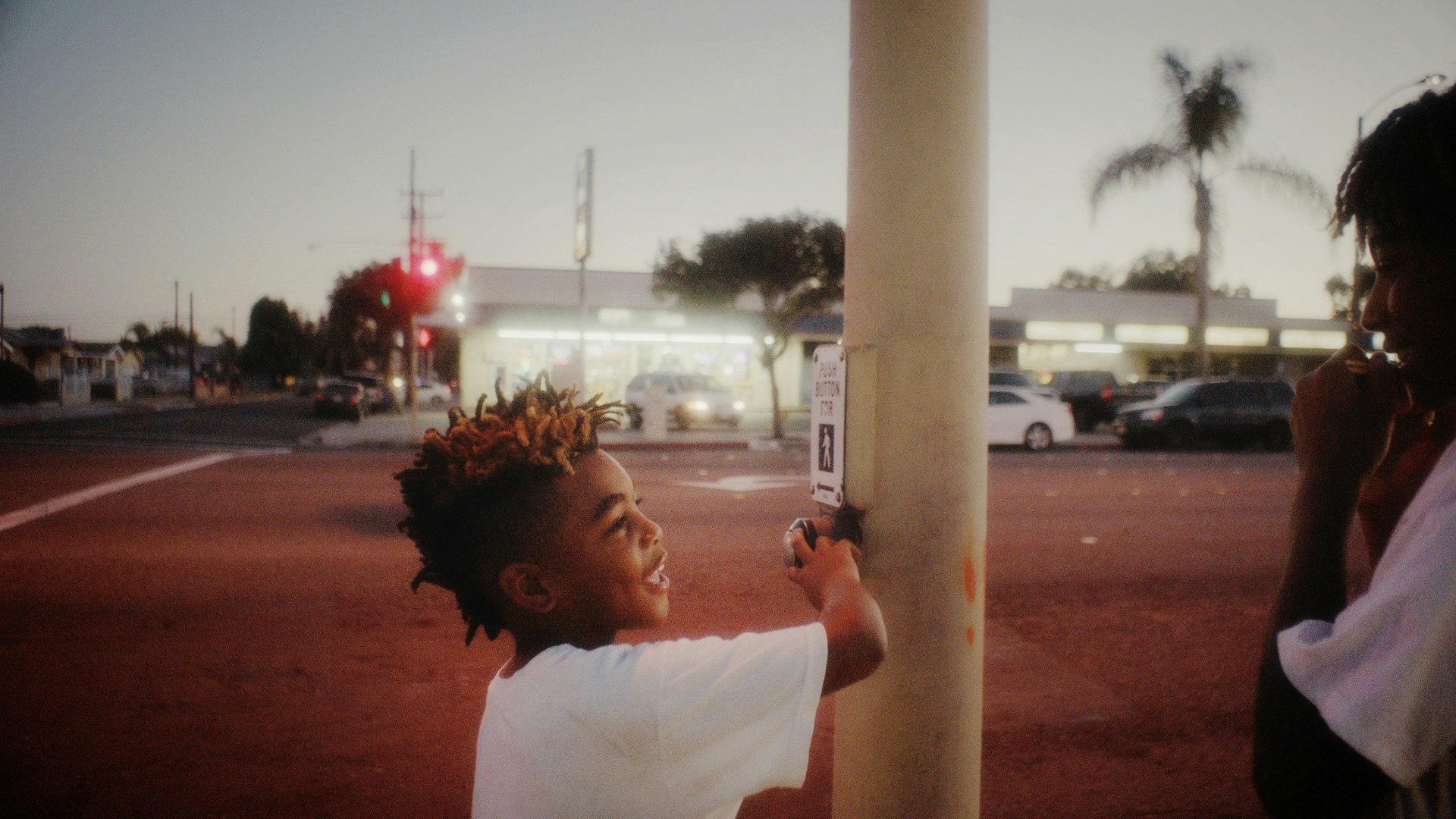 You can see more of Maceo’s work on his Vimeo page, or his Facebook.
You can see more of Maceo’s work on his Vimeo page, or his Facebook.
Enjoyed this article? Like Huck on Facebook or follow us on Twitter.
